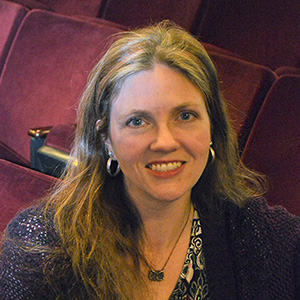Having taught biology in Idaho for over 20 years, I often think about our public schools as educational ecosystems. Scientists that study ecosystems define a community as a group of interacting species living in the same area at the same time. Public school systems exist at the heart of our communities in Idaho and consist of a wide variety of interacting stakeholder “species”. Collaborative partnerships between educators and these community stakeholders are key to providing the resources that our students need to find success along their educational journeys. Great public schools form coalitions with community partners to help students understand how math and science and reading and art enhance and build upon each other outside of the four walls of the classroom.
Another key term in the study of ecosystems is niche. Regardless of how you pronounce it, a niche describes the position that an organism occupies in its environment. Idaho’s public schools are incredible places for students to see themselves as engineers and scientists, poets and writers, artists and innovators. Our public schools allow students to open doorways to experiences that help them discover their unique talents and these school systems work to remove barriers that might prevent kids from exploring their true potential. Students find their niches by looking into the mirror of education provided by our public schools. In our classrooms, they see themselves as creators and doers rather than just being allowed to peek in through a window to watch other people achieving these things.
Great public schools offer a rich habitat of authentic and engaging experiences to Idaho students. A habitat can be defined as an organism’s surroundings. Idaho students are surrounded by opportunities to develop the types of competencies that will be required to adapt to any habitat that they are presented with in the future. Communication, collaboration, perseverance, creativity, innovative use of technology. All of these skill sets are being developed in Idaho public school classrooms.
Like any healthy ecosystem, great public schools need the proper resources in order to flourish. Community partnerships combined with high quality public school educators provide the necessary biotic factors while resources like time and funding provide the abiotic factors needed for authentic and engaging public school ecosystems. When legislators and community leaders work together with educators, positive and lasting change happens in the ecosystem of public education.
Dr. Melyssa Ferro
Earth, Life, and Advanced Science Teacher | Caldwell
2016 Idaho Teacher of the Year
